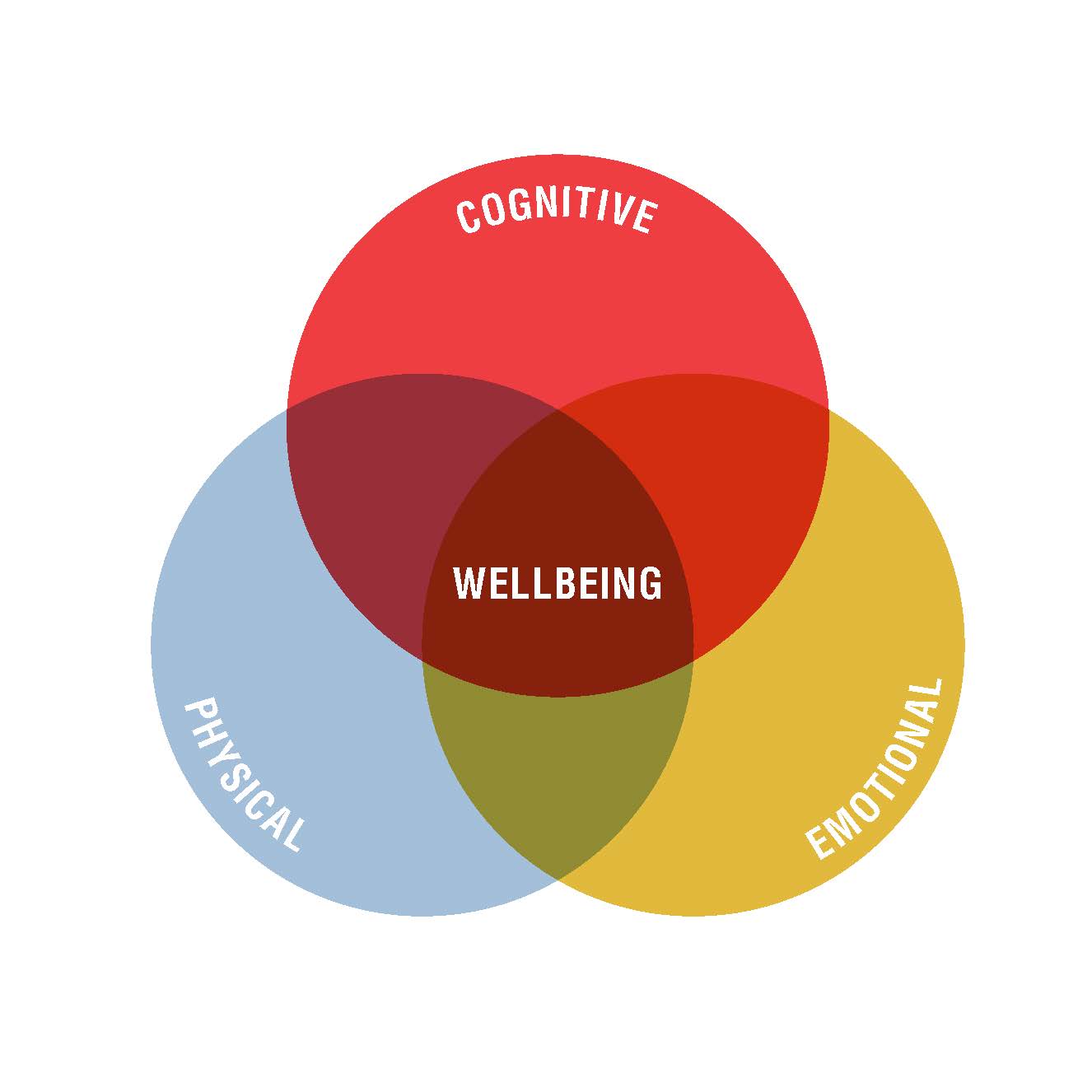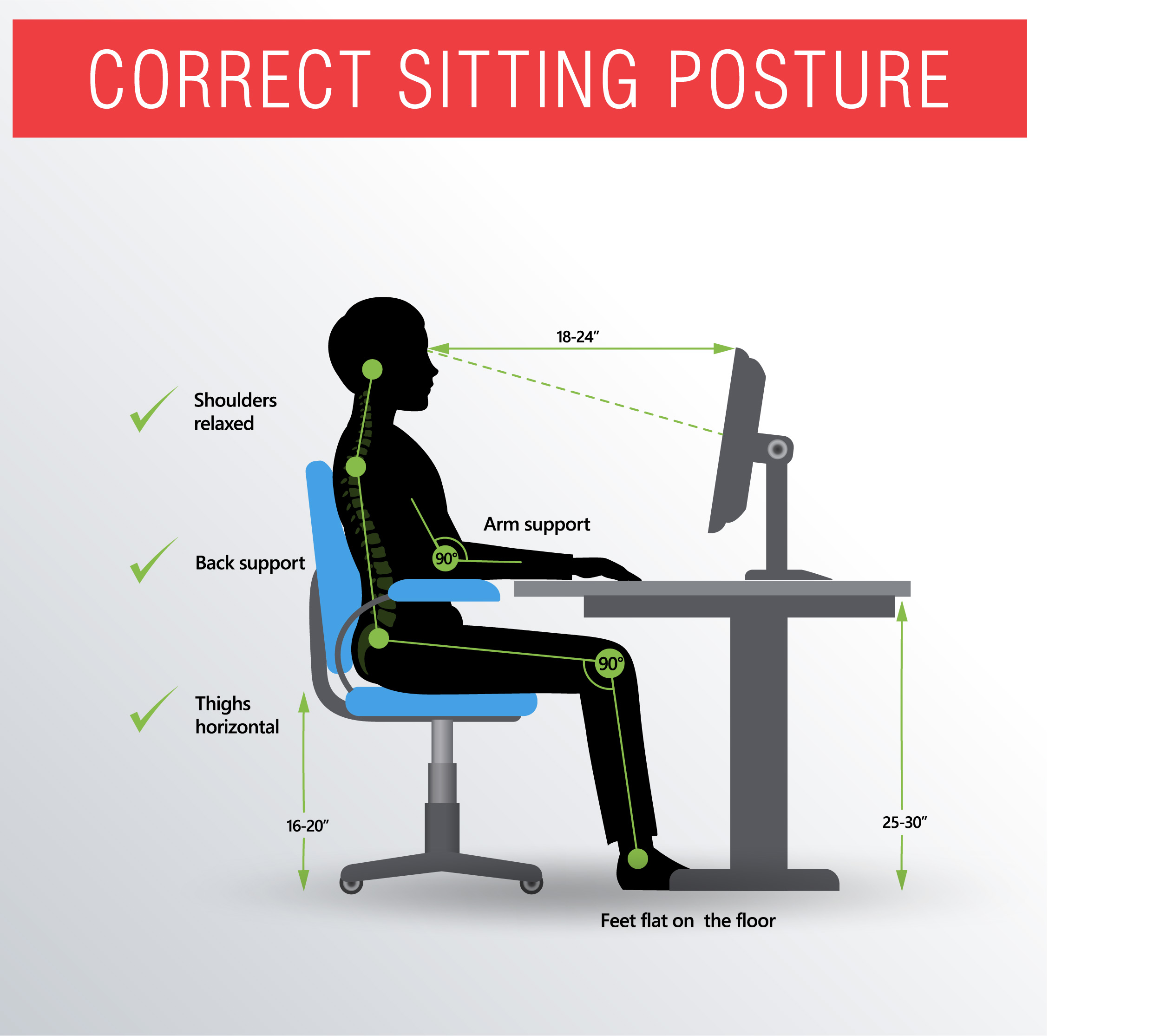How to take cognitive, emotional and physical well-being best practices from the office office to your home office.
From lighting to storage to decorating, there are literally thousands of articles with information on how to create the ultimate home office.
This is not one of those articles.
As a workplace strategist, I work with companies to help them create spaces to fit and (if necessary) transform the culture of their organizations. For years, designers have been studying and applying best practices for something called the distributed work model, an organizational approach in which a team of co-workers are dispersed throughout an open office plan rather than being assigned to one desk. This approach allows individuals to select the space that best meets their needs for any given task throughout the day. Does this sound familiar to you?
Now, amid the COVID-19 virus pandemic, many in the U.S. are working in a landscape that has taken the distributed work model and expanded it to a local, regional, even national scale. Instead of opting to sit in the office café to tackle emails, we’re now sitting in our own kitchens, dining rooms and home offices. We’re working during unique hours to keep up with the care of loved ones. We’re working – and we’re certainly distributed.
It’s easy to feel overwhelmed by the countless strategies and tips on ways to maintain productivity in this new working environment. I prefer to focus on the reason we’re all working from home in the first place: our health and well-being. Very few U.S. workers have studied the standards of ergonomics; yet, under normal circumstances many have the advantage of working in a space that has been thoughtfully designed and constructed to meet their unique ergonomic needs. Now as we observe physical distancing, we’re all having to adapt to our new normal of the home-office. No one knows with certainty how long it will be until we can venture back to our professionally designed offices; in the interim, however, we can look at ways to create workspaces that serve us now and also for the long term. Doing so will help you not only stay engaged and productive, but you’ll feel better too.
Many researchers break well-being up into three categories: cognitive, emotional and physical. Each plays a critical and distinct role in our overall health. Let’s look at each of these and what steps you can take to enhance your cognitive, emotional and physical well-being while working from home.

For Your Cognitive Health: Bring Nature In and Give Yourself a Break
When choosing a spot to work for the day, consider biophilic design. Biophilic design is a strategy used in the building industry to respond to the innate connection that humans have to the natural environment. Because Americans spend about 90 percent of our lives indoors, it’s important to be purposeful about introducing nature into your space. Engaging with natural materials, organic patterns, and allowing yourself views to the outdoors and natural daylight patterns can help you re-energize, increase productivity and promote alertness.

These are emotional times, and high stress levels are impacting workers across all industries. Every day we’re learning new ways to complete routine tasks, which only adds to mental exhaustion. Remember to give yourself a break – whether it’s going for a walk (which will not only reduce your stress levels, but can also boost creativity and re-energize your focus), taking a virtual coffee break with colleagues or doing an online yoga class – the point is to allow yourself the time to unplug and de-stress. A few other suggestions for boosting your cognitive well-being include:
- Follow the 20/20/20 rule: Every 20 minutes look up or away from your computer monitor and towards something that is 20 inches away for a total of 20 seconds. This can help reduce eye strain and help you refocus.
- Take longer breaks: Aim for between 15-20 minutes every couple of hours to allow your brain to decompress and reenergize.
- Log off for the night. Set a schedule that helps your mind know that your work for the day is complete.
For Your Emotional Health: Time to Phone a Friend
Socialization is instrumental in the workplace, and when done properly can positively impact your productivity levels. Socialization allows teammates to form strong, trusting relationships. Providing a safe space where individuals can speak up, admit their mistakes and share new ideas is what ultimately leads to innovation. In the office, socialization generally happens through unintentional spontaneous interactions. Connections like these are harder to maintain in a distributed model and can be especially difficult to replicate if an entire workforce is operating remotely. The best strategy for success is to leverage the technology available to you. Use shared scheduling tools to support dependability within a team. Consider frequent, brief video conferences to stay connected and engaged. For leaders, be purposeful in recognizing the contributions of individuals for work completed outside the office. Instill value in the work itself and reinforce belief in a shared vision.
For Your Physical Health: Get Up and Move
When it comes to your physical health at work, the best thing to do is to stay active. Whether you prefer to work seated or standing, be purposeful about changing your position throughout the day. Understanding that many of us will be working at a computer, here are a few critical things to keep in mind:
- Allow for movement and stretching. If available, use a sit-to-stand desk. Get up and walk around during phone calls and aim to stand for at least 15 minutes every hour. Critical to all of this is to be mindful of your efforts – start your day with intentions and set reminders so you follow through.
- Minimize contact stress. Avoid resting your wrists on the sharp edge of a desk or sitting without enough room for your knees and legs to rest comfortably.
- Provide adequate lighting. Avoid eye fatigue by situating yourself in adequately lit spaces that limit the glare on monitors.
- Pay attention to your posture. Over the past two decades technology has drastically changed our work postures; one study even found as many as nine new posture variabilities have emerged since smaller, touch-based phones and tablet have become ubiquitous in our lives. Posture plays a critical role in our physical well-being, so it’s critical to choose environments that offer both variety and support. As much as possible, maintain a neutral posture. If you’re in a seated position, this means working in the “Handshake Zone” with your shoulders down and your arms parallel with your thighs.


Images © RDG Planning & Design.
Additional ergonomic considerations that help with positive physical well-being include:
- Your chair. Ensure proper back support. Adjust the height so your feet rest flat on the floor and your thighs are parallel to the floor. Many find that a footrest can help to achieve this posture. Adjust your chair’s armrests so your forearm can rest on them with your shoulders relaxed.
- Your desk. Consider using a foam pad at the edge of your desk surface to keep wrists up and maintain circulation.
- Your tools. Place necessary resources within an arm’s reach. This might include your phone, a printer, task light, fan, etc. If you use the phone frequently, invest in a headset to avoid cradling the phone between your ear and shoulder. Keep your keyboard and mouse on the same surface. While typing or using your mouse, your wrists should be straight, and your arms should be close to the body and parallel to your thighs. Keep shoulders down. Place your monitor directly in front of you, about an arm’s length away. Keep the top of the screen at eye level.
In this period of physical distancing, we still need to do all we can to care for our health and well-being. Many of the same rules that applied to wellness in the workplace can easily be applied to our home office. By focusing on our cognitive, emotional and physical needs through proactive home office well-being design, we can prevent one less element of uncertainty from happening amid these uncertain times.

